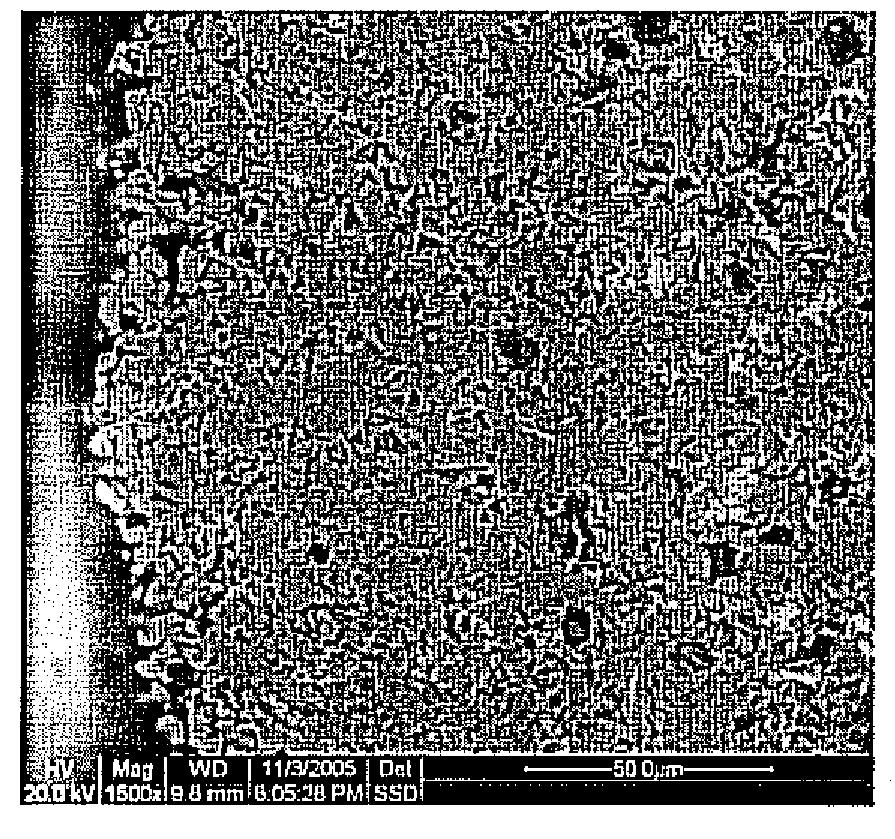Material having a controlled microstructure, core-shell macrostructure, and method for its fabrication
a microstructure and microstructure technology, applied in the field of materials, can solve problems such as aggregate formation of voids, and achieve the effect of preventing sticking and agglomeration of aggregates and promoting pore evolution
- Summary
- Abstract
- Description
- Claims
- Application Information
AI Technical Summary
Benefits of technology
Problems solved by technology
Method used
Image
Examples
Embodiment Construction
[0012]In general, the methods of the present invention may be implemented utilizing a variety of mineral materials. Typically, the materials used in the various embodiments of the present invention comprise ceramics, and in specific instances, they may comprise oxide and / or silicate-based ceramics such as alumina, aluminosilicates, silicates, and the like. These minerals may include natural products such as kaolin or bentonites, or they may comprise specifically synthesized ceramic materials, or they may comprise industrial byproducts such as fly ash. A dopant material comprising a metal oxide is incorporated into the ceramic material in an amount sufficient so as to facilitate the reactions described hereinbelow. In specific instances, the ceramic material may naturally include some amount of the dopant species therein, and an additional amount of metal oxide dopant can be added so as to raise the total concentration of the dopant material in the ceramic material to between approxi...
PUM
| Property | Measurement | Unit |
|---|---|---|
| temperature | aaaaa | aaaaa |
| partial pressure | aaaaa | aaaaa |
| weight percent | aaaaa | aaaaa |
Abstract
Description
Claims
Application Information
 Login to View More
Login to View More - R&D
- Intellectual Property
- Life Sciences
- Materials
- Tech Scout
- Unparalleled Data Quality
- Higher Quality Content
- 60% Fewer Hallucinations
Browse by: Latest US Patents, China's latest patents, Technical Efficacy Thesaurus, Application Domain, Technology Topic, Popular Technical Reports.
© 2025 PatSnap. All rights reserved.Legal|Privacy policy|Modern Slavery Act Transparency Statement|Sitemap|About US| Contact US: help@patsnap.com



